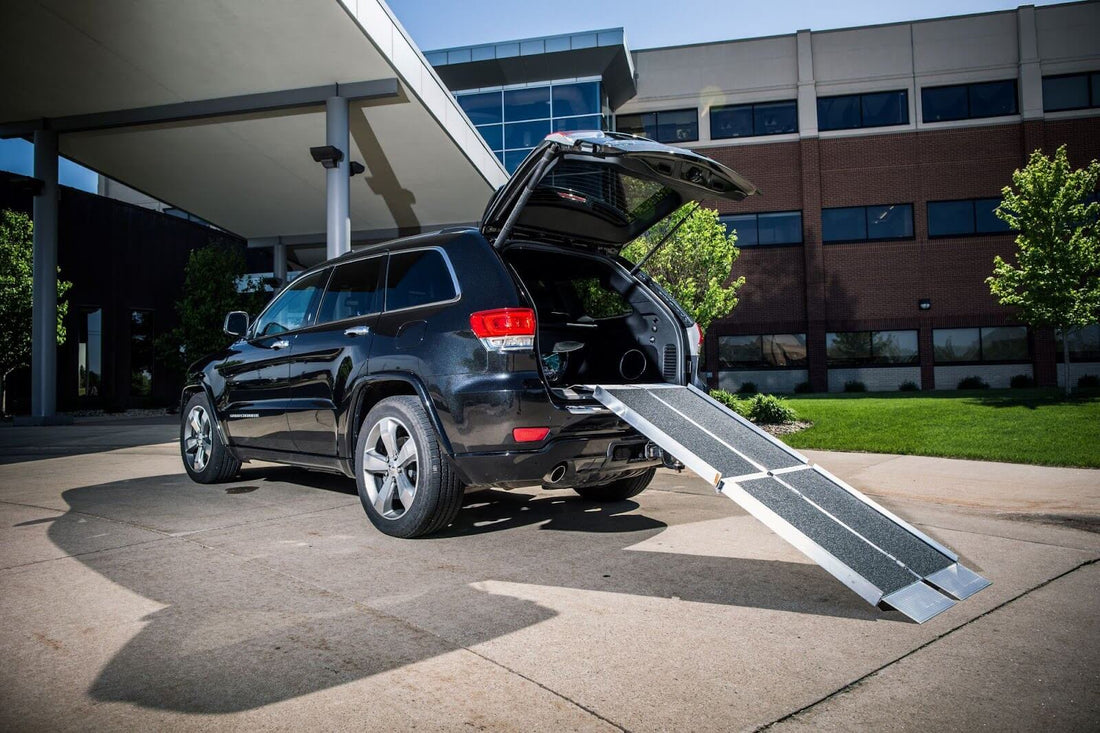We all have to get around, and individuals with disabilities often encounter barriers, especially in public transportation. Public transportation options, such as buses, ride-sharing services like Uber and Lyft, and other transit systems, are often essential for those with mobility differences. Wheelchair accessibility in public transportation cannot be overlooked. Let’s explore why this is and how public transportation decision-makers can create a more accessible world for their customers and communities.
The Need for Accessible Public Transportation
Accessible transportation enables individuals with disabilities to travel independently. Having access to a vehicle or public system is a necessity for daily activities, such as commuting to work, attending medical appointments, shopping, and participating in social and recreational activities. Without reliable and accessible transportation options, individuals with disabilities may face significant barriers to leading an autonomous life.
Public transportation that accommodates wheelchair users promotes equal opportunities. It allows individuals with disabilities to access education, employment, and community services, contributing to their personal and professional growth. Ensuring equal access to transportation is a fundamental aspect of creating an inclusive society where everyone has the opportunity to succeed.
Accessible transportation significantly enhances the quality of life for wheelchair users. It reduces the physical and emotional stress associated with travel, providing a sense of freedom and confidence. Knowing that they can rely on accessible transportation options gives individuals the peace of mind to plan their activities without worrying about mobility barriers.
Accessibility Features in Public Transportation
Modern buses are progressively equipped with features to accommodate mobility differences, such as low floors and wheelchair ramps, to make it easier for people to board and disembark. Interior spaces are designated for wheelchair users, ensuring they have room to position themselves during the trip. Mobility differences aren’t the only considerations; audio and visual announcements assist individuals with visual and hearing impairments.
Ride-sharing services are making strides to improve accessibility, with Uber and Lyft offering the option to order wheelchair-accessible vehicles in many cities, providing an on-demand option for wheelchair users. More and more, these organizations are prioritizing driver training to assist passengers with disabilities, ensuring a safe and comfortable ride.
Other forms of public transportation, such as subways and trains, are also increasing their accessibility features. Stations are equipped with elevators and commercial ramps to facilitate access to the loading platforms. Most systems have designated seating areas available for individuals with disabilities.
Staying Committed to Vehicle Accessibility
EZ-ACCESS® has been working toward enhancing mobility and accessibility through innovative solutions for several decades. While public transportation providers strive to improve accessibility, we offer products that can assist individuals in overcoming everyday mobility challenges.
Our range of portable ramps can be used for loading vehicles with mobility devices like wheelchairs and scooters. These ramps are lightweight, durable, and easy to deploy, making them ideal for both personal and public use. Portable ramps also provide options for wheelchair users to navigate curbs with ease.
For long-term solutions, EZ-ACCESS offers the PATHWAY® HD Modular Access System for installation at public transit locations. This aluminum ramp meets ADA standards and provides a safe, reliable way for individuals with disabilities to access public transportation facilities.
EZ-ACCESS Makes Accessibility Possible Anywhere
Ensuring wheelchair accessibility in public transportation is a major step toward independence for anyone with mobility differences. Accessibility yields equal opportunities and a better quality of life for individuals with all forms of mobility. Providers must continue to enhance their services, and EZ-ACCESS will continue to advocate innovative solutions for transportation equality. By prioritizing accessibility, we can create a more inclusive society where everyone, regardless of their physical abilities, can enjoy the freedom of movement and the opportunities that come with it.

